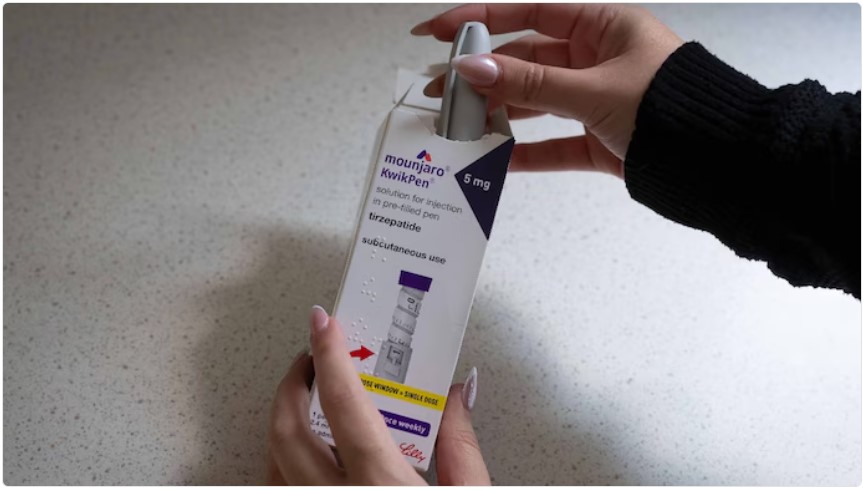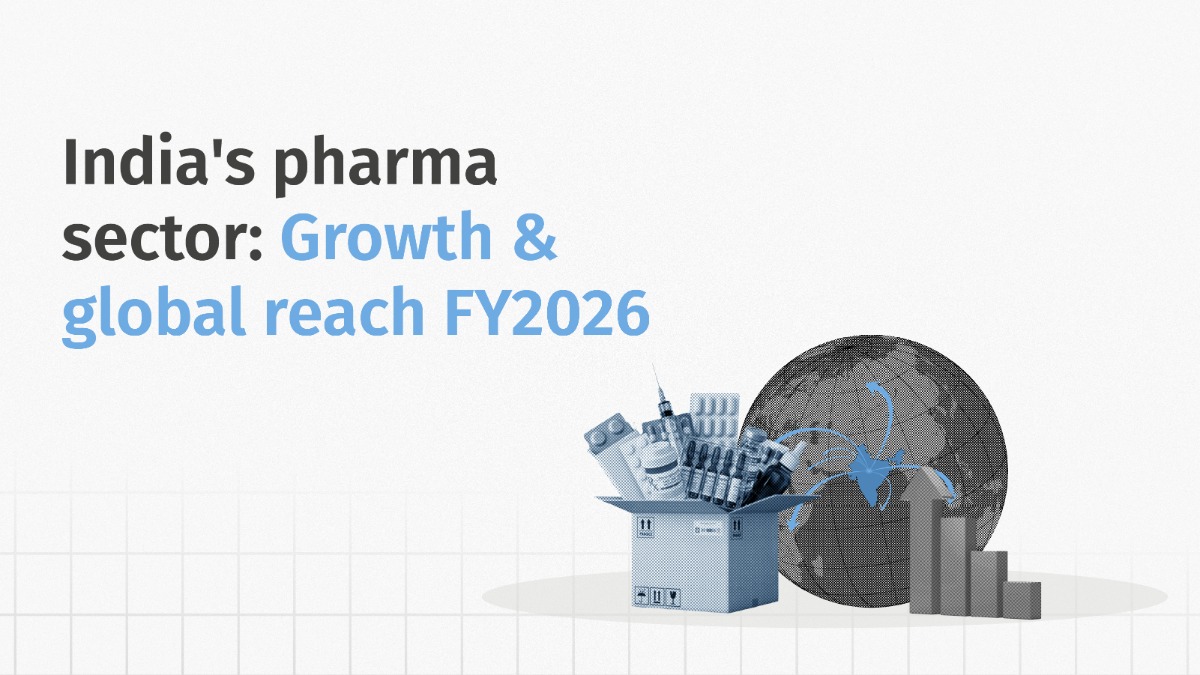
The global dental market is witnessing a significant transformation as e-commerce emerges as a dominant force driving growth and accessibility. With increasing digital adoption among dental professionals, clinics, and consumers, online platforms are rapidly becoming the preferred channel for purchasing dental products, equipment, and services.
The convenience of digital ordering, wider product availability, competitive pricing, and streamlined logistics have positioned e-commerce at the forefront of the dental industry’s evolution. Experts note that this shift is not only enhancing operational efficiency for dental practices but also expanding market reach for manufacturers and suppliers across borders.
Dr. Vikas Aggarwal, CEO & founder, Dentalkart, noted that e-commerce breaks the old, linear route from manufacturer to importer, to regional distributor, to local dealer and finally to a clinic. Digital platforms bring catalog depth, transparent pricing, verified authenticity, and track-and-trace into one interface.
For clinics, that means reliable access to a wider range of brands, fewer stock-outs, and clearer cost control across consumables, implants, and small equipment. For manufacturers, direct-to-clinic and marketplace models improve demand sensing, search trends, cart behaviour, and repeat-buy patterns reveal what to produce, in what quantities, and at what price points. The result is faster product–market fit and lower working capital across the chain, he added.
Operationally, platforms layer in compliance and service. Serialized barcodes and tamper-evident packaging curb counterfeits. Batch and expiry tracking support recalls and automated re-order rules stabilize essential stock. Integration with practice-management software aligns procurement with chairside scheduling, so inventory follows real treatment plans, not guesswork. Lastly, data-driven logistics, SLA-based delivery windows, and reverse logistics for repairs and returns reduce downtime on critical equipment. These changes shift procurement from a discretionary errand to a predictable, auditable workflow. Aggarwal told Pharmabiz in an email.
The next wave will connect products, data, and support into a single operating layer for clinics. Marketplaces will move from ‘where to buy’ to ‘how to treat efficiently’. One can expect AI-guided catalogs that surface materials based on case type, brand-agnostic comparators that show clinical equivalence and total cost per procedure, and automated bundles that pair implants, instruments, and disposables with validated protocols. Vendor-neutral service networks will schedule preventive maintenance, push firmware updates for scanners and mills, and price repairs transparently. Products will carry built-in proof of origin like digital passports and certificates issued by the maker, said Dr Aggarwal.
“Urbanization has enabled populations in cities, creating both challenges and opportunities in oral health. Dentists in these urban centres face rising demand, while patients expect faster access to advanced solutions. E-commerce bridges this gap by breaking the traditional barriers of supply chains and geography. For the global dental market, the convergence of urban growth and digital platforms means faster product adoption, stronger price transparency, and a more level playing field for innovation. Together, urbanization and e-commerce they speed product adoption, strengthen price transparency, and level the field for innovators. For the global dental market, the convergence of growing cities and digital platforms is the new backbone of how care is supplied, priced, and improved, said Aggarwal.
Source: Pharmabiz






